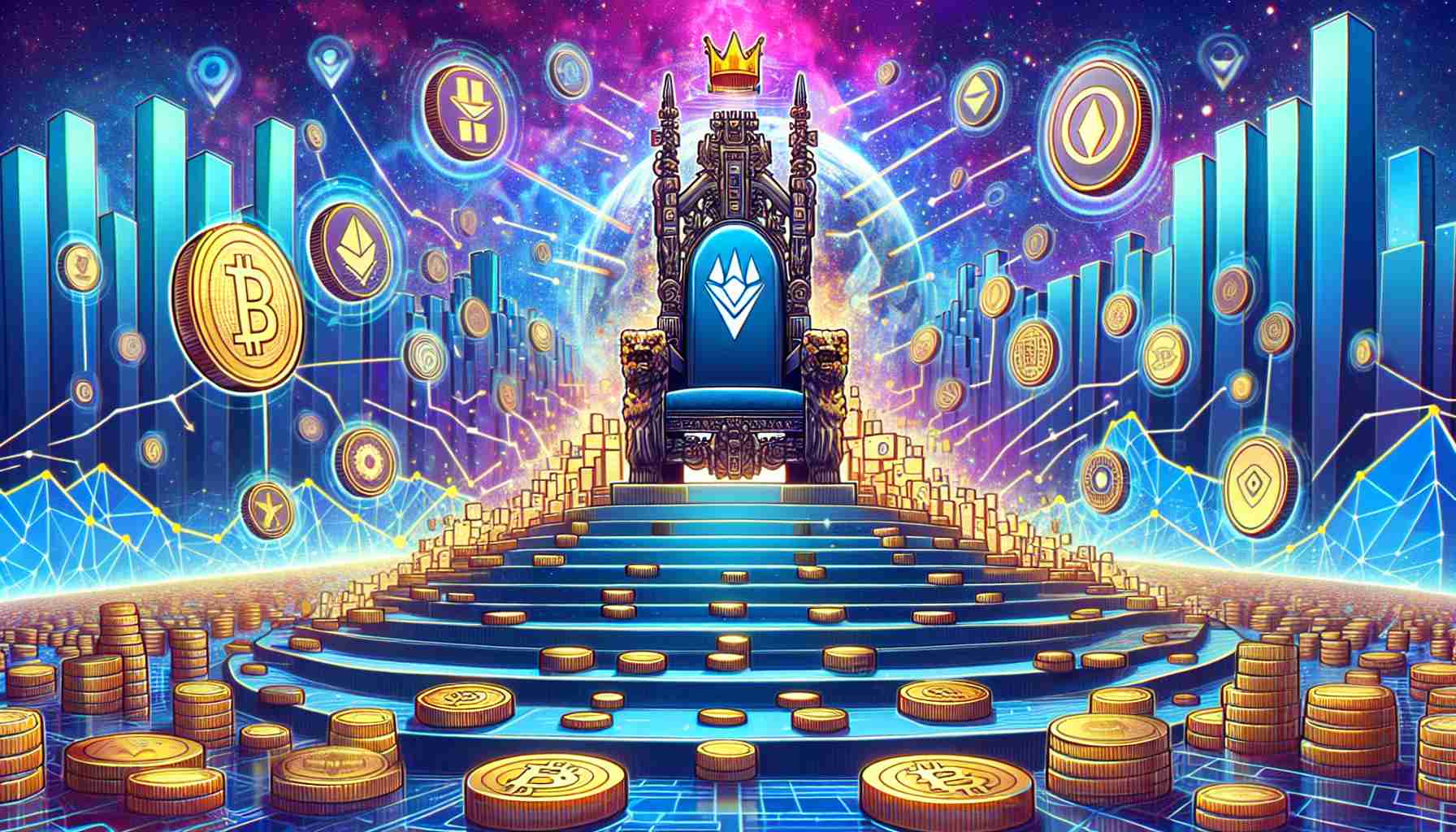As the world of cryptocurrencies evolves, new players are entering the field, poised to challenge established platforms like Solana. Two digital currencies, MultiversX and Radix, have emerged with new implementations that aim to vastly improve scalability and transaction efficiency within the blockchain ecosystem.
MultiversX (EGLD): Innovator in Sharding Technology
MultiversX is revolutionizing the blockchain scene with a trifecta of sharding: “network sharding,” “state sharding,” and “transaction sharding.” This model allows the network to manage high transaction loads by adding additional shards based on user demand. This adaptive sharding mechanism enables each shard in the network to handle an estimated 10,000 transactions per second (TPS). Despite a current year-to-date price drop, indicating a possible undervaluation, MultiversX flaunts an impressive capability to scale operations, underlined by its multi-shard network infrastructure.
Radix (XRD): Setting Sights on High Transaction Throughput
Radix, while not yet boasting full sharding capabilities on its mainnet, is running tests that show considerable potential. The visionaries behind Radix aim to enable smooth transactions across shards with atomic composability, which promises a coherent and user-friendly experience. Their ambitious goal is to exceed 200,000 complex transaction swaps per second, with testing phase results supporting swift confirmation times.
Despite the potential evident in both MultiversX and Radix, the reality of investment in emerging cryptocurrencies bears significant uncertainty. Investors are encouraged to exercise due diligence and evaluate the inherent risks before engaging with these lower-cap digital currencies. The promise of advanced blockchain capacity and speed places these Solana competitors in the spotlight for those looking ahead to the next big technological leap in crypto.
When discussing the rising challengers to Solana’s throne in the blockchain and cryptocurrency space, relevant and significant questions include:
1. What makes MultiversX and Radix strong competitors against established platforms like Solana?
2. What are the key challenges these emerging platforms face in gaining market share and user adoption?
3. Are there any controversies or concerns surrounding MultiversX and Radix?
Answers
1. MultiversX showcases innovative sharding techniques that increase scalability and transaction throughput. The combination of network sharding, state sharding, and transaction sharding allows it to handle a massive number of transactions, potentially 10,000 TPS per shard.
Radix proposes a solution for handling a very high level of transaction throughput, with ambitions to attain over 200,000 complex transaction swaps per second. It focuses on atomic composability across shards, which is key to maintaining a seamless user experience.
2. A significant challenge these platforms face is the network effect of established entities like Solana, which means they need to build a substantial user base and attract developers. Moreover, they must demonstrate technological reliability and security in an industry wary of hacks and other issues. Additionally, the current regulatory environment adds uncertainty to the future of new blockchain projects.
3. As these platforms are relatively new, one issue could be the lack of thorough testing under real-world conditions and during times of network congestion or market instability. Additionally, there may be skepticism about their claimed scalability until proven in a live environment.
Advantages and Disadvantages
MultiversX (EGLD)
Advantages:
– Innovative sharding technology offers scalability.
– Potentially undervalued, presenting investment opportunities.
Disadvantages:
– Market adoption is still a question; network sharding at scale remains unproven.
– Price volatility and investment risk like any other cryptocurrency.
Radix (XRD)
Advantages:
– Targets high transaction throughput that may outpace competitors.
– Shows promise in improving cross-shard transactions and user experience.
Disadvantages:
– Still in testing phases, with full sharding capabilities yet to be realized on the mainnet.
– Faces challenges in proving its claims and ensuring widespread adoption.
For related information, you can visit the respective official websites, though always exercise caution and ensure that you are visiting legitimate and secure sites:
– MultiversX
– Radix
Investors interested in these emerging cryptocurrencies should carefully monitor their developments and consider broader market trends and technological advancements when evaluating investment opportunities.



